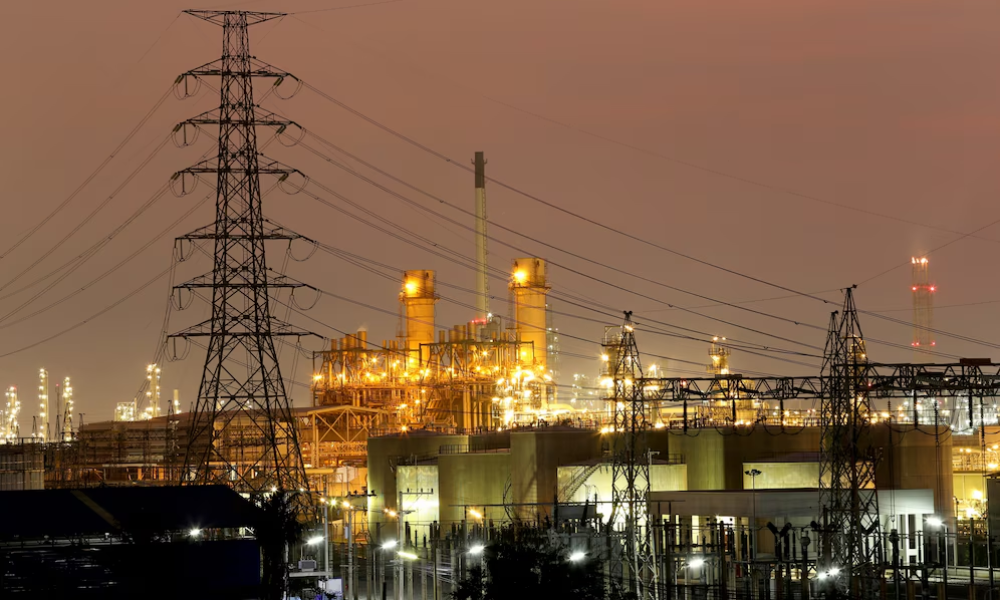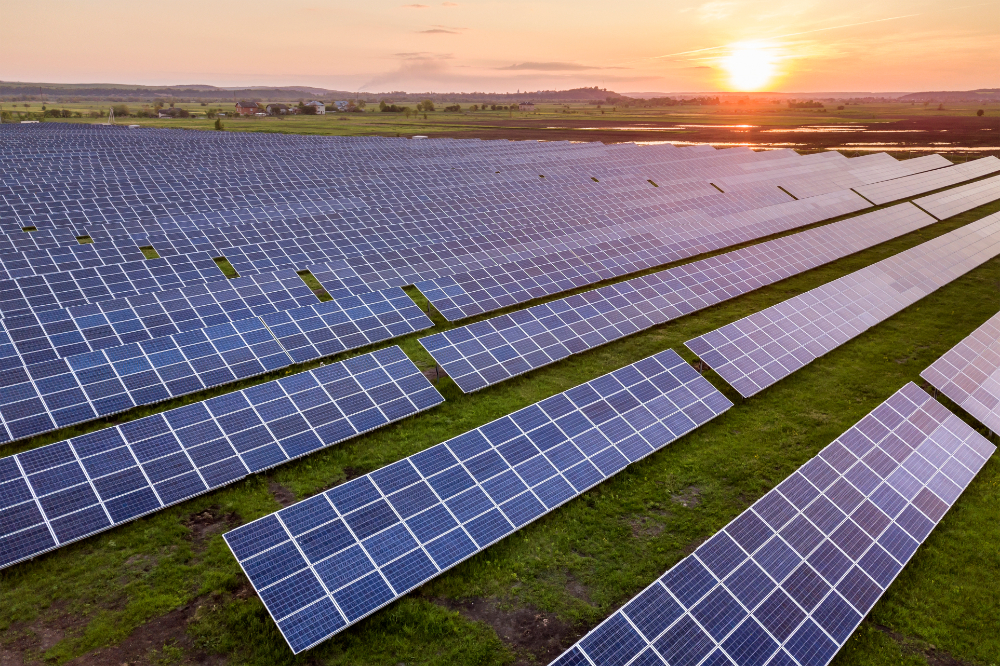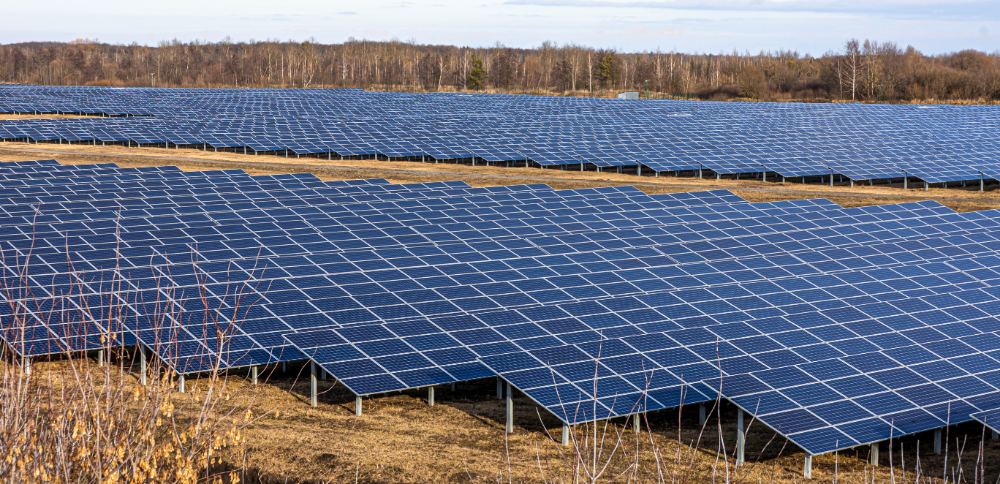India’s power industry is experiencing a considerable shift owing to a number of causes, including rising energy consumption, the need for greener energy sources, and government attempts to enhance electricity availability and dependability. The declaration of a ₹40 trillion investment in the electricity industry is projected to significantly influence the India power sector, generating employment, promoting GDP, and quickening development. An important participant in India’s power industry, Hartek Group has made a substantial contribution to the ambitious ₹40 trillion investment plan. Let’s delve deeper to understand in detail.

Power sector investment in India
According to research by Broking Motilal Oswal, India’s electricity industry offers investment potential of more than $478.58 billion (Rs. 40 trillion) over the next decade. Of this potential, US$406.80 billion (Rs. 34 trillion) is planned to go towards capital spending, with the remainder set aside for optionality. According to the research, 86% of this expenditure will go towards generation, 10% to transmission, and 4% to smart metering.
This large Power sector investment in India is being driven by a greater compounded annual growth rate (CAGR) in power consumption, the upgrading and replacement of obsolete infrastructure, and the switch to greener energy sources. Motilal Oswal observes that India is ideally positioned, with real GDP and per capita development, technology breakthroughs, and electrification as important factors that might maintain rising electricity demand for years.
The study predicts that electricity consumption in India will increase by more than 7% over the next decade, owing to strong GDP development and rising demand drivers like electric vehicles (EVs) and data centres. These sectors account for a tiny portion of India’s electricity requirement, but they are estimated to account for one-third of power demand growth by 2035.
Key components of the ₹40 trillion investment
The ₹40 trillion investment will be given to several components of the electricity industry, including:
- Renewable Energy: A large percentage of the investment will go towards increasing renewable energy capacity, such as solar, wind, and hydropower. This would help India meet its lofty renewable energy ambitions and minimize its carbon impact.
- Solar Power: India has enormous solar potential, and the investment will assist the construction of large-scale solar power facilities around the nation. This will help India lessen its dependency on fossil fuels while also lowering greenhouse gas emissions.
- Wind Power: India has various places with favorable wind conditions, making it ideal for wind energy production. The financing will help to create wind farms in these locations.
- Hydropower: India has a wide network of rivers and streams, which provide several opportunities for hydropower generation. The investment will support the modernisation and expansion of current hydropower facilities and the development of new projects.
- Transmission and Distribution: Investments in updating and modernising the power infrastructure will be critical to ensuring the efficient and dependable distribution of energy to customers throughout the nation. This will include updating existing transmission lines, constructing new substations, and integrating smart grid technology.
- Energy Efficiency: Initiatives that encourage energy efficiency in India power sector, such as upgrading appliance standards and introducing smart grid technology, can assist in decreasing energy usage and expenses. This will cut total energy consumption, relieving stress on the power system and lowering greenhouse gas emissions.
- Research and Development: Investments in R&D will help to create new technologies and innovations in the India power sector, such as improved energy storage systems and efficient power production. This will contribute to increased efficiency and dependability in the electricity industry, as well as cost savings.
Hartek Group -A Major Leader Creating Impact in India’s Power Sector
We as a firm provide full industrial electrification services, including substation requirements for energy efficiency and developing whole electrical systems for emerging industries. We are working on smart city initiatives, such as updating the grid’s current electricity infrastructure making a major impact on the power sector in India.
Ways we have contributed
Hartek Group has surpassed 10GW of solar grid capacity through its power system, T&D, and Renewable EPC business units.
Smart grid solutions, are all aimed at enhancing the power distribution system’s dependability and efficiency while offering consumers a more seamless and convenient experience.
We are working on a 300 MW project for around 500 cr from a major IPP in the solar EPC market, and have just secured multiple 765 KV transmission power systems projects from PGCIL.
Conclusion
India’s power sector investment of ₹40 trillion is a bold and ambitious project with the potential to change the country’s energy environment. India can build a more sustainable, dependable, and economical energy system by investing in renewable energy, updating its power infrastructure, and increasing energy efficiency. And Hartek Group is a leader in making an impact and contribution within this investment. By powering 300 extra-high voltage and high voltage substation projects we have completed Power System business units successfully. We are here to realise the full potential of this investment with careful planning, excellent execution, and ongoing innovation.
FAQ’s:-
1. What is the ₹40 trillion investment in India’s power sector?
The ₹40 trillion investment aims to boost India’s power infrastructure, focusing on renewables, smart grids, and modernization.
2. How will this investment impact the power sector in India?
It will enhance power generation, improve transmission efficiency, and support renewable energy expansion, ensuring sustainable growth.
3. What role does Hartek Group play in India’s power sector?
Hartek Group contributes through solar EPC projects, smart grid solutions, and power system modernization, driving industry transformation.
4. How will renewable energy benefit from this investment?
A major portion is allocated to solar, wind, and hydropower projects, reducing dependency on fossil fuels and lowering carbon emissions.
5. What are the key challenges in India’s power sector growth?
Challenges include infrastructure modernization, energy efficiency, smart grid integration, and ensuring reliable electricity distribution.




